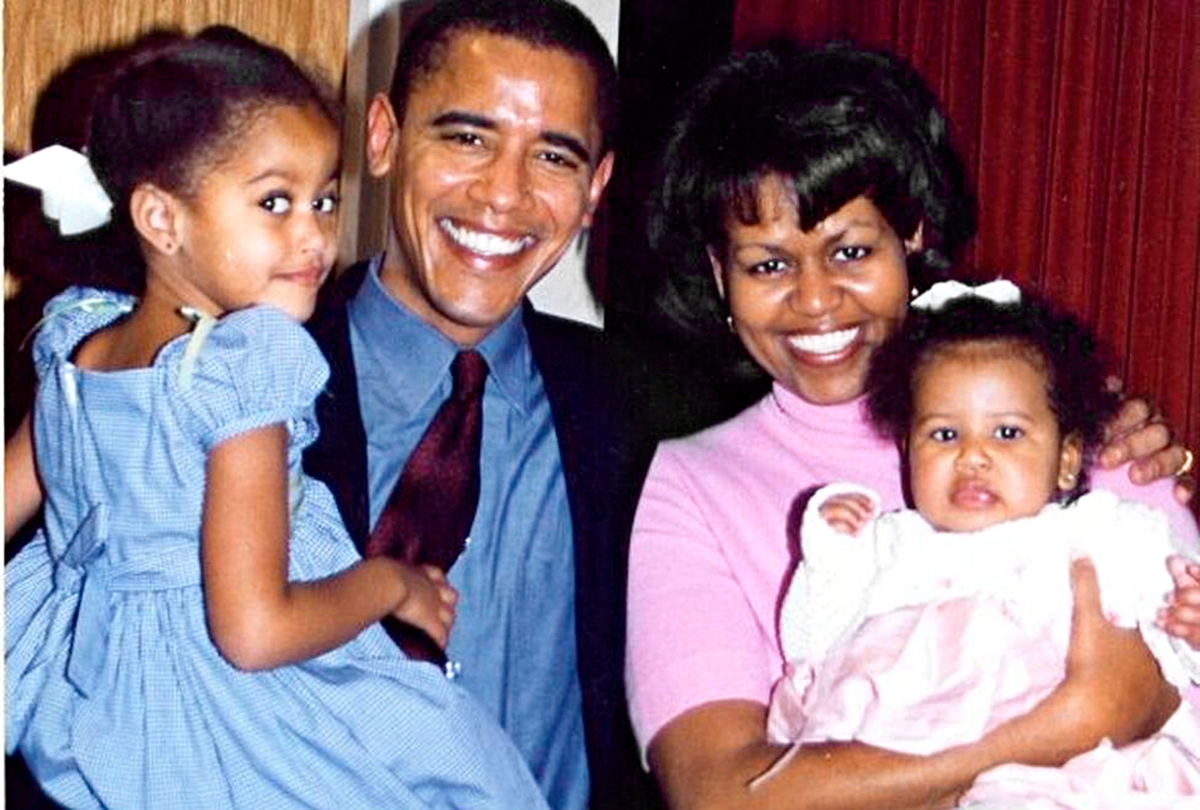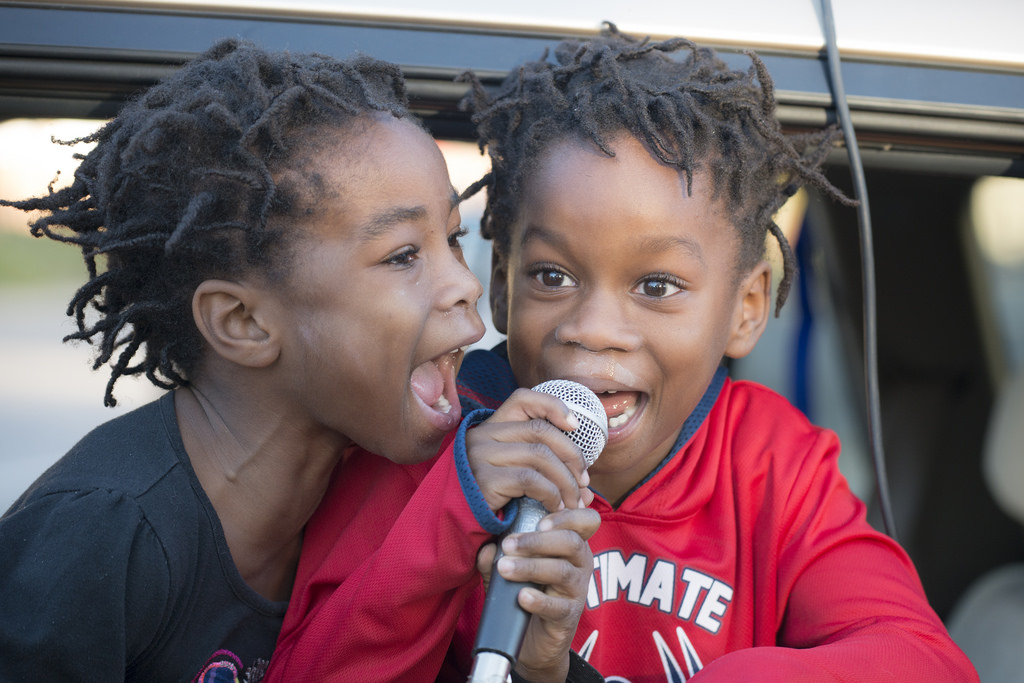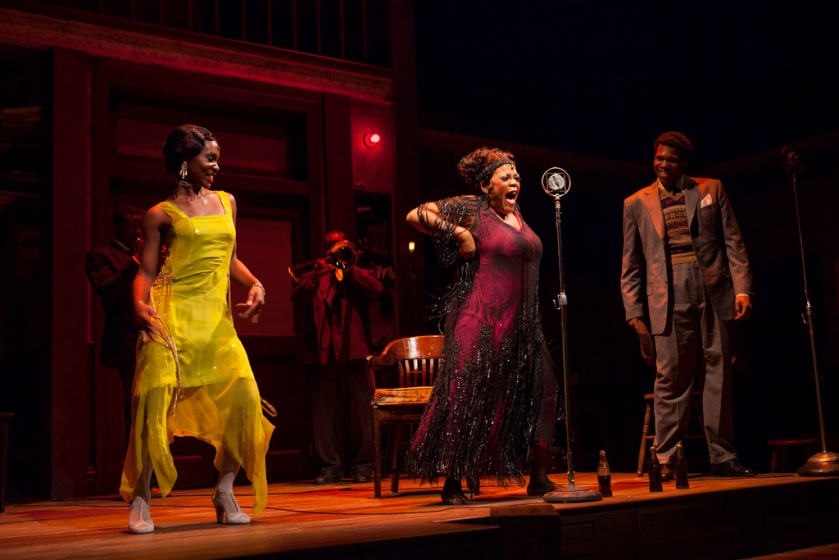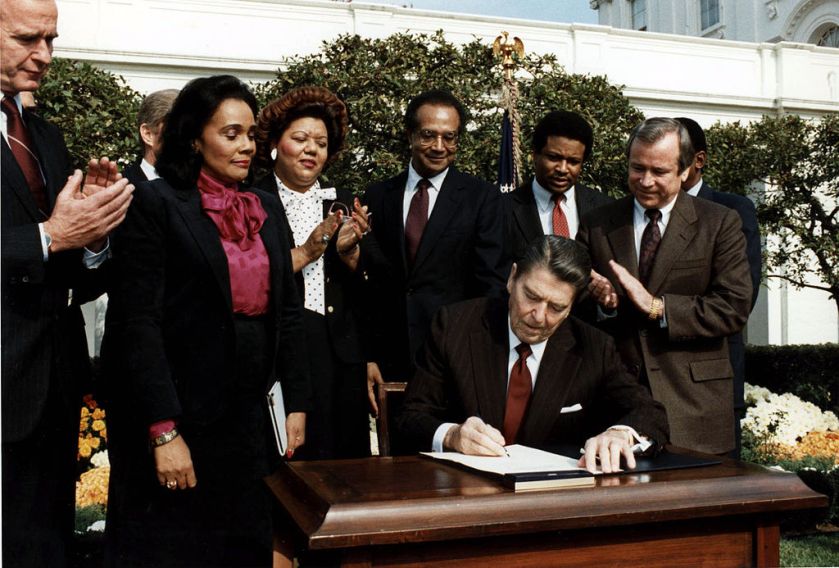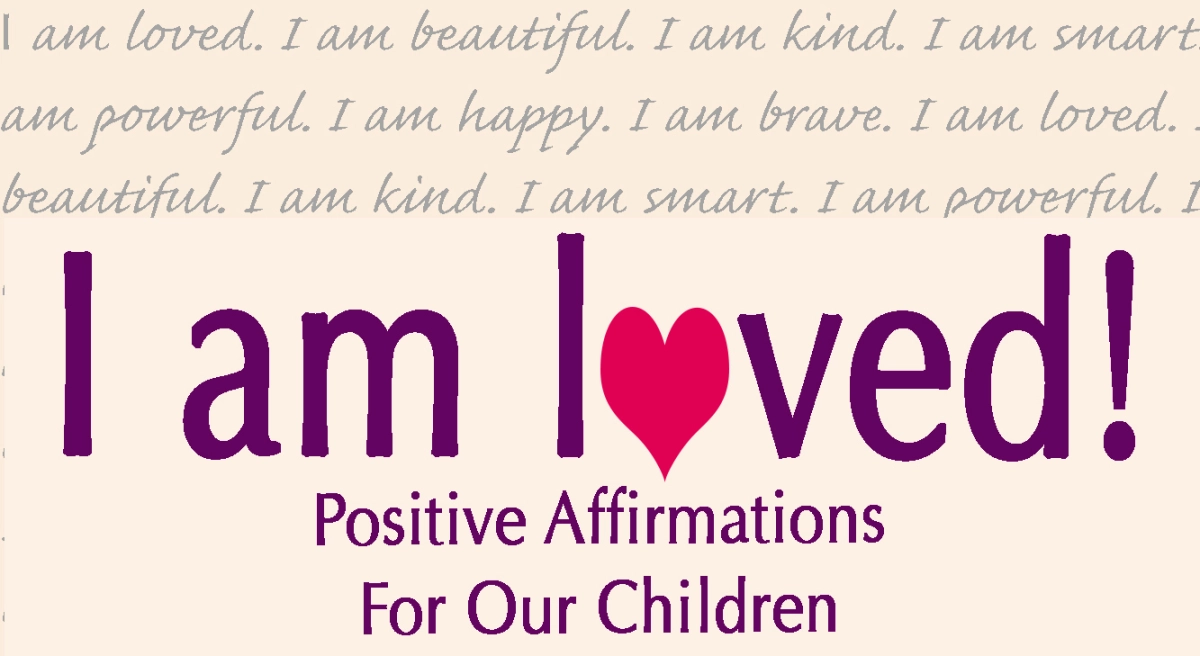While distraction would be easy in trying times, I think it is crucial to teach our children to lean in. You may not be raising the next Maya Angelou but it’s still important to teach our children to think and learn outside of their perspectives and process the world in terms of solutions, not just problems. Here are a few tips to get your children thinking creatively.
Donald Trump was elected President of the United States the day after my third son was born. I have to admit, my husband and I were happy to be in our little bubble. In some ways, it seemed like the whole world disintegrated into mass hysteria and it would have been easy to join in except… we had this perfect little bundle in front of us with head full of hair and perfect peachy lips. While to so many the future seemed bleak, for us, the future seemed blindly bright.
Unfortunately, reality caught up with us. When we got home, our sons had questions. They had trouble processing the outcome of the election. We live in a fairly liberal community. To them, Trump’s election meant the world was about to become a really scary place. We wanted to maintain their optimism for the world they are growing in while at the same time keeping them firmly rooted in reality. The fact is, historically, this country has overcome greater division and our people have survived greater turmoil. Not only have we survived, we have thrived. For instance, the Harlem Renaissance was birthed in the early years of the Great Migration when millions of our people (including my grandparents ) were fleeing the Jim Crow south for a better way of life. The movement included Zora Neale Hurston, Langston Hughes and Duke Ellington. The Black Arts Movement grew in response to the Black Power Movement in the Civil Rights era following the assassinations of notable black leaders like Martin Luther King Jr., Malcolm X, Medgar Evers and Fred Hampton. Without it, we would have never known the work of Amiri Baraka, James Baldwin, Sonia Sanchez, Nikki Giovanni, Nina Simone and Maya Angelou. In response to the crack cocaine epidemic in the eighties and draconian drug laws that fueled mass incarceration, we birthed Hip Hop. While there is certainly a great deal to fear, the beauty in our resilience is something I am looking forward to.
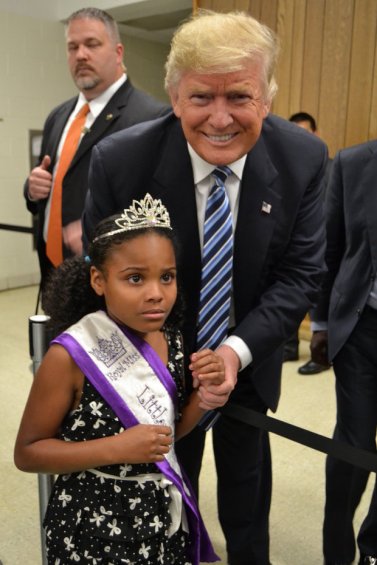
While distraction would be easy in trying times, I think it is crucial to teach our children to lean in. You may not be raising the next Maya Angelou but it’s still important to teach our children to think and learn outside of their perspectives and process the world in terms of solutions, not just problems. Here are a few tips to get your children thinking creatively.
1. Travel
Traveling is life changing. It shifts perspectives on life and introduces you to people and places that force you out of your comfort zone. While opportunities for international travel may not always be financially feasible, traveling can be accomplished just by leaving your home. Which, lets face it, as parents is sometimes an accomplishment all its own. Visit local museums, cultural festivals and events. Take your children to see live music and plays. Take road trips around your state. Give your children opportunities to diversify their perspective through experiences.
2. Walks and Hiking
I love a good walk or bike ride through the park. It wasn’t until a few complications from pregnancy grounded me that I realized how therapeutic it was. I missed the silence, the feeling of the wind on my face, and the rush of energy. When possible, I loved sharing that experience with my kids. After my brother passed away unexpectedly in 2009, I was seeing a therapist who used to encourage me to take time to be silent. When I informed her that “silence” was an impossibility as a mom of then-two kids, she said, they need to learn to be silent too. She was right. In an age of instant gratification and feedback, it’s hard to quiet the world around you to process your own thoughts and feelings. Kicking it old school and taking a long walk or hike gives you an opportunity to be comfortable in the silence of your own thoughts. You learn to exercise your ability to think critically and empathetically and grow as a human being.
3. Writing and Art Prompts
My kids are very schedule oriented. They love to know what’s coming. If they don’t, mayhem ensues. On cold or rainy days when we can’t explore the great outdoors, we have a great deal of “art” time where we direct them to piles of paper and art supplies and encourage them to create. While during more frustrating moments, the directions are usually “Go write something,” when we have our stuff together, we create writing and art prompts to drive their creativity. Prompts can include anything from story starters to discussion topics. Art prompts can include giving them an object to draw or directing them to depict a memorable experience in their life. While you can consult the Googles and find tons of ideas, you can also create your own. Writing and art create wonderful opportunities for discussion and meditation.
4. Reading
James Baldwin wrote, “[y]ou think your pain and your heartbreak are unprecedented in the history of the world, but then you read. It was books that taught me that the things that tormented me most were the very things that connected me with all the people who were alive, who had ever been alive.” Reading connects us. You may never meet a 10 year old homeschooled kid from New York City living with a facial deformity but then you read R.J. Palacio’s “Wonder” and you know him. Reading introduces your children to worlds beyond their own which is an important part of building empathy.
***
About The Author
Faye McCray is an attorney by day and writer all the time. Her work has been featured on My Brown Baby, AfroPunk, AfroNews, For Harriet, Madame Noire, Black Girl Nerds, Black and Married with Kids, and other popular publications. Faye also has a number of short stories and a full length novel available for purchase on Amazon. Most importantly, Faye is a proud wife and mother to three beautiful and talented young boys who she is fiercely passionate about raising. You can find Faye on Twitter @fayewrites and on the web at fayemccray.com.
attorney by day and writer all the time. Her work has been featured on My Brown Baby, AfroPunk, AfroNews, For Harriet, Madame Noire, Black Girl Nerds, Black and Married with Kids, and other popular publications. Faye also has a number of short stories and a full length novel available for purchase on Amazon. Most importantly, Faye is a proud wife and mother to three beautiful and talented young boys who she is fiercely passionate about raising. You can find Faye on Twitter @fayewrites and on the web at fayemccray.com.
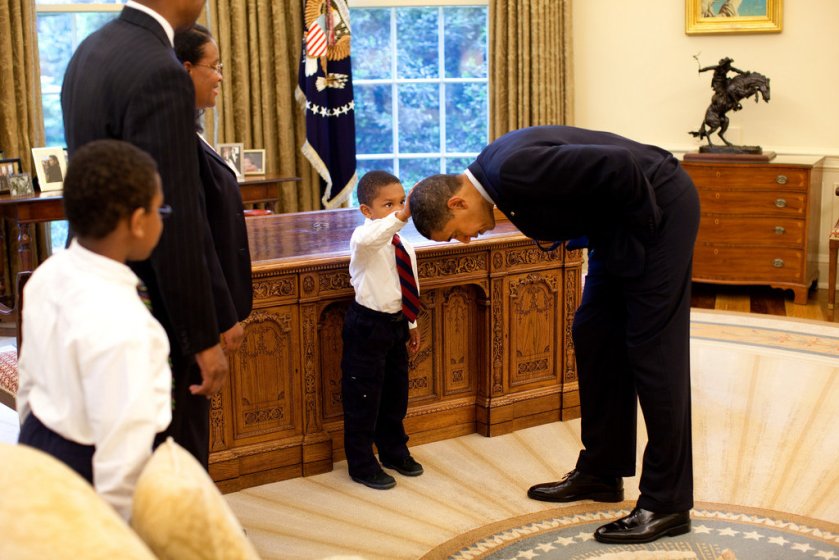
 attorney by day and writer all the time. Her work has been featured on My Brown Baby, AfroPunk, AfroNews, For Harriet, Madame Noire, Black Girl Nerds, Black and Married with Kids, and other popular publications. Faye also has a number of short stories and a full length novel available for purchase on Amazon. Most importantly, Faye is a proud wife and mother to three beautiful and talented young boys who she is fiercely passionate about raising. You can find Faye on Twitter @fayewrites and on the web at fayemccray.com.
attorney by day and writer all the time. Her work has been featured on My Brown Baby, AfroPunk, AfroNews, For Harriet, Madame Noire, Black Girl Nerds, Black and Married with Kids, and other popular publications. Faye also has a number of short stories and a full length novel available for purchase on Amazon. Most importantly, Faye is a proud wife and mother to three beautiful and talented young boys who she is fiercely passionate about raising. You can find Faye on Twitter @fayewrites and on the web at fayemccray.com.
